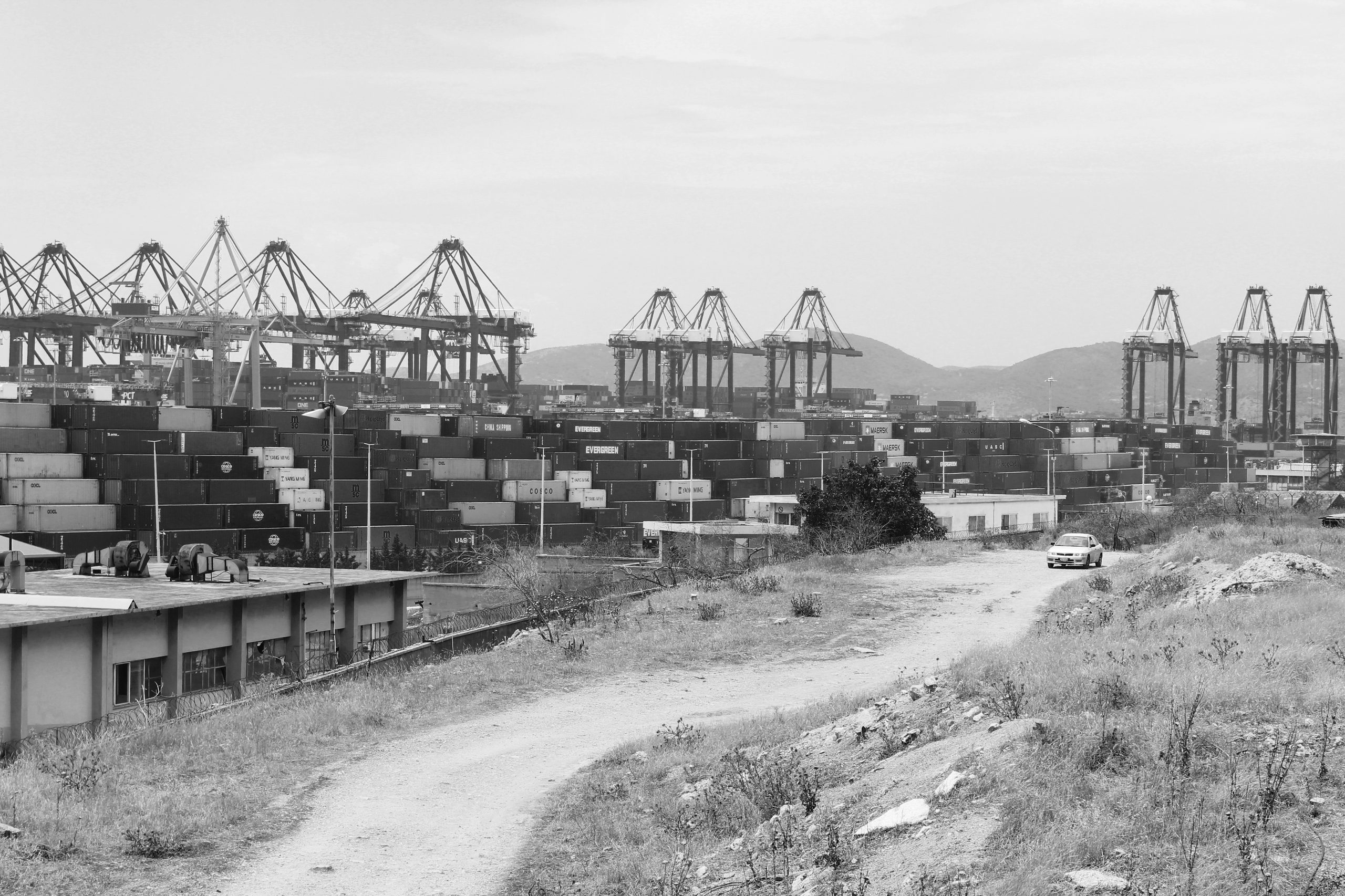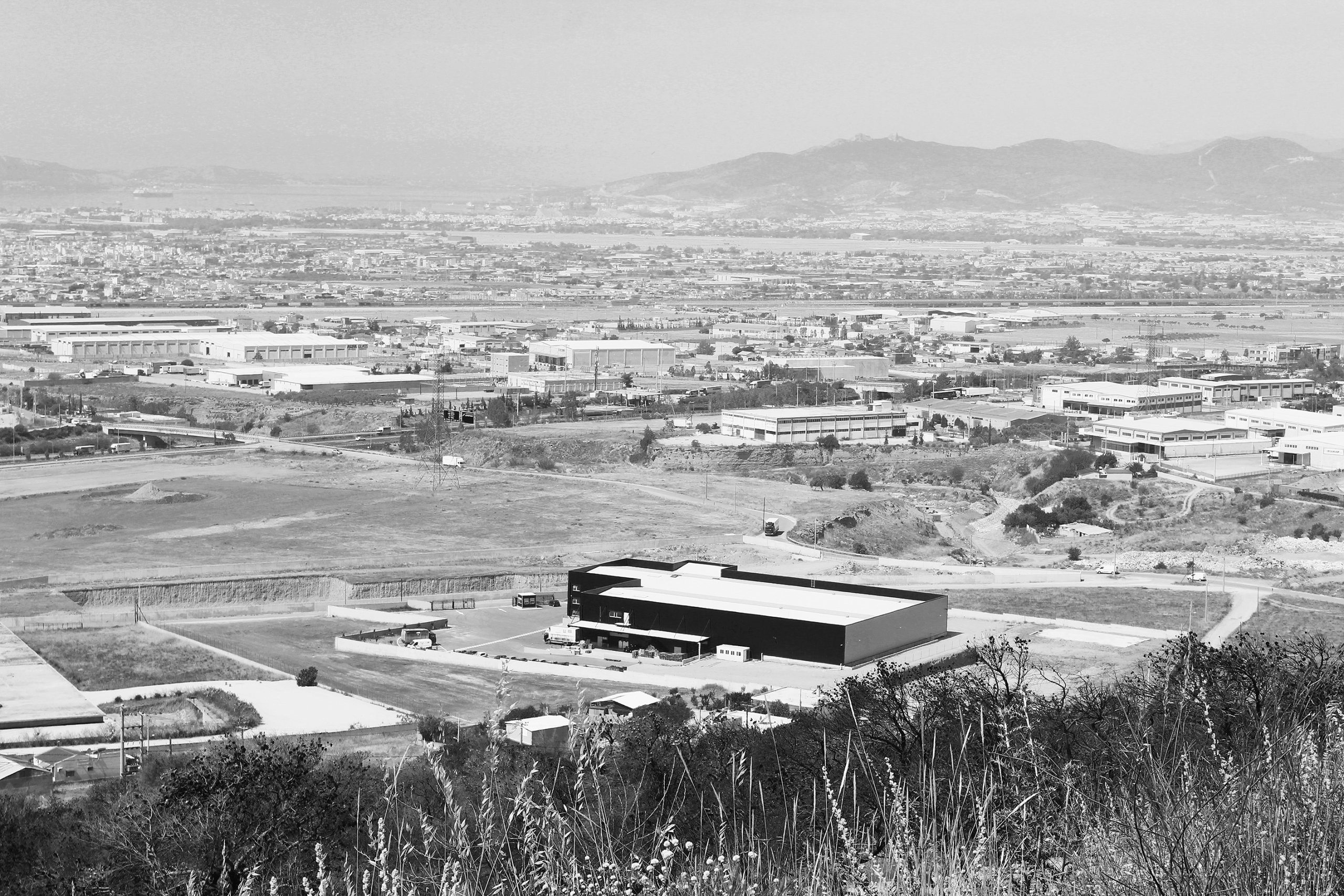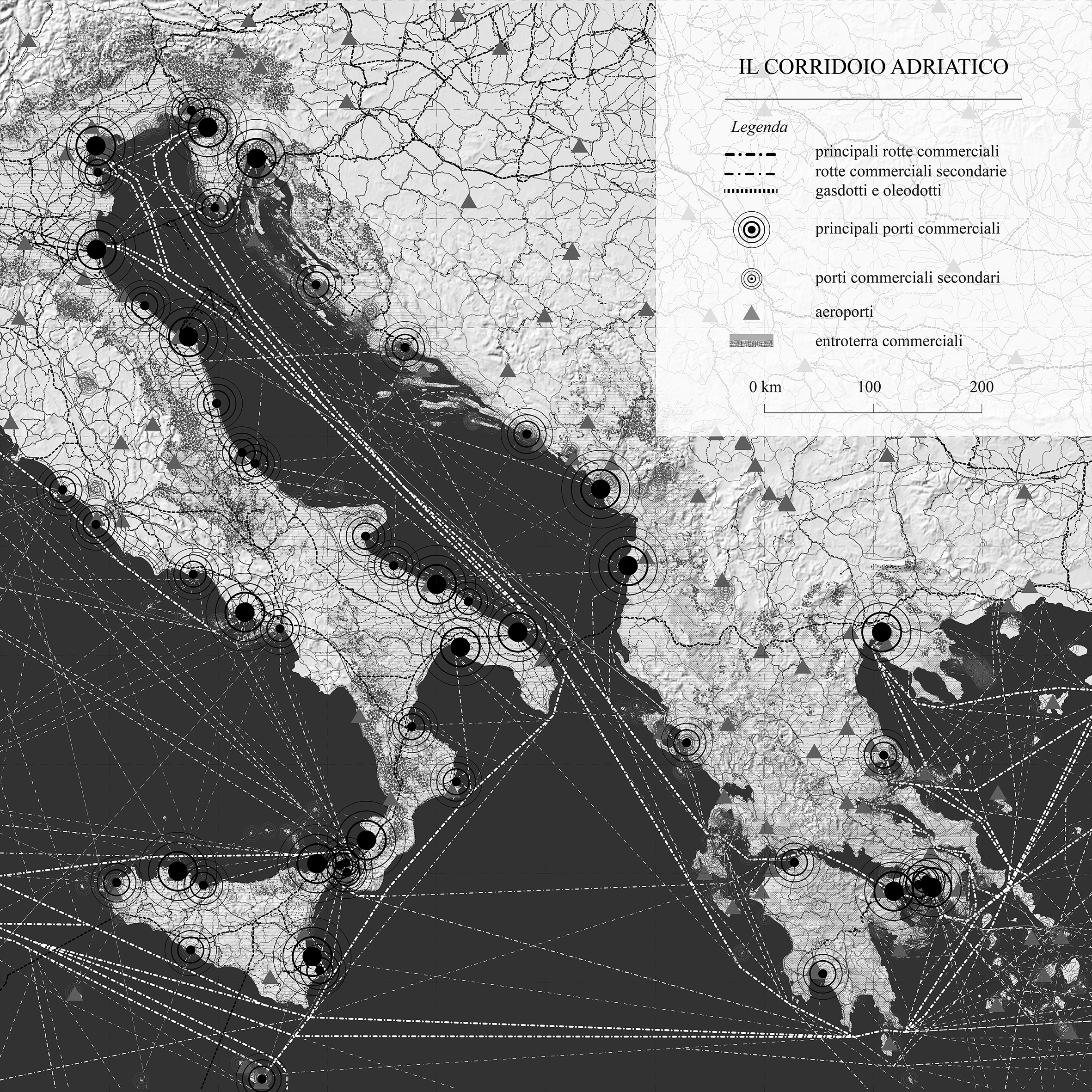RESEARCH
Rescaling the Belt and Road Initiative:
Urbanization Processes, Innovation Patterns and Global Investments
2020 – 2024
This interdisciplinary research investigates the spatial dimensions of the Belt and Road Initiative, exploring how Chinese investment in infrastructures defines complex geographies of urbanisation. While the first phase of research focuses on urban China, due to the pandemic the study is now addressing the infrastructural and logistics transformations along the maritime routes of the Adriatic Sea, particularly in Trieste and Piraeus.


CREDITS:
Leading University: Politecnico di Torino (DIST + DAD + China Room research group)
Partner Universities: Università di Macerata (Department of Law + China Center)
Reserch Grants: Italian Ministry of Education – Research Project of National Relevance (PRIN)
Funding: €524.270
Years: 2020-2024
Principal Investigators: Francesca Governa and Francesca Spigarelli
Research Team: Selusi Ambrogio, Michele Bonino, Francesco Carota, Francesca Frassoldati, Sofia Leoni, Lidia Preti, Leonardo Ramondetti, Astrid Safina, Gianluca Sampaolo, Angelo Sampieri, Alberto Valz Gris
MAIN PUBLICATIONS:
Bonino, M., & Carota, F. (Eds.) (2024). Grounding the Belt and Road Initiative: A Guide to the Architecture of the New Silk Road. Basel: Birkhäuser. ISBN 978-30-35626-69-8.
Governa, F., & Sampieri, A. (Eds.) (2023). Global infrastructures and urban transformations: Piraeus, Trieste, and the ‘Adriatic Corridor’. Territorio [special issue], 103, 23-52. DOI: 10.3280/TR2022-103002OA
Governa, F., Ramondetti, L., Safina, A., Sampieri, A. & Valz Gris, A. (2024). Beyond the logistical monolith: Multiplicity and differentiation along the Adriatic Corridor. In Apostolopoulou, E., Cheng, H., Silver, J. & Wiig, A. (Eds.), The Material Geographies of the Belt and Road Initiative: Infrastructures and political ecologies on the New Silk Road. London: Routledge
Ramondetti, L. (2022). The Enriched Field: Urbanising the Central Plains of China. Basel: Birkhäuser. ISBN 978-30-35624-91-5. DOI: 10.1515/9783035624922
Ramondetti, L (2024). Untangling infrastructure networks through critical cartographies: The Port of Trieste, Italy. Annals of the American Association of Geographers, Advanced online publication, 1-14. DOI: 10.1080/24694452.2023.2289985.
Safina, A., Ramondetti, L., and Governa, F. (2023). Rescaling the Belt and Road Initiative in urban China: The local complexities of a global project. Area Development and Policy, advanced online publication, 1–18. DOI: 10.1080/23792949.2023.2174888.
The interdisciplinary research Rescaling the Belt and Road Initiative: urbanization processes, innovation patterns and global investments was the result of a collaboration between the China Room at Politecnico di Torino and the China Center at Univerisità di Macerata, which led to the successful application for the Research Project of National Relevance (PRIN) grant, funded by the Italian Ministry of Education in 2017. The project was to investigate the spatial dimensions of the Belt and Road Initiative (BRI) exploring how Chinese investment in infrastructure defines complex geographies of urbanisation. While the BRI is global strategy in its forms and objectives, it materialises in specific settings, transforming socio-spatial organisation. To explore these novel urban configurations, an interdisciplinary research group was set up, including twelve scholars across the fields of urban geography, urban and landscape planning, architecture, economy, and sinology. Within Politecnico di Torino, the project involved three Professors, and four Post-doc researchers at the Interuniversity Department of Regional and Urban Studies and Planning (DIST) and the Department of Architecture and Design (DAD), along with two PhD candidates from the doctoral programs Architecture. History and Design (DASP) and Urban and Regional Development (URD).


Since the beginning, the research encountered several challenges. Due to delay in funding delivery, the projects started only in late 2019. According to the initial proposal, the study was to be carried out in China, to investigate the BRI-driven urban transformations in the cities of Chongqing, Lanzhou (Gansu Province), and Zhengzhou (Henan Province). However, Since the beginning, the research encountered several challenges. Due to delay in funding delivery, the projects started only in late 2019. According to the initial proposal, the study was to be carried out in China, to investigate the BRI-driven urban transformations in the cities of Chongqing, Lanzhou (Gansu Province), and Zhengzhou (Henan Province). However, the pandemic made China inaccessible and fieldwork impossible. This led the team to reconsider the research program and its objectives, reorganising the study in two phases.
The first still focused on urban China, drawing upon the work conducted over the previous years, and adopting investigative methods alternative to the direct observation of urban phenomena. These methodologies were then employed to investigate the architectural development promoted along the main infrastructural corridors of the BRI. This phase of research led to the publication of the article Rescaling the Belt and Road Initiative in urban China: the local complexities of a global project by Astrid Safina, Leonardo Ramondetti and Francesca Governa for the special issue One decade of Belt and Road Initiative for Area Development and Policy; the book Grounding the Belt and Road Initiative: A Guide to the Architecture of the New Silk Road edited by Michele Bonino and Francesco Carota; and the book The Enriched Field: Urbanising the Central Plains of China by Leonardo Ramondetti.


Beginning in 2022, the second phase of the research addressed the infrastructural and logistics transformations along the maritime routes of the Adriatic Sea, particularly in the port of Trieste (Italy) and Piraeus (Greece). These hubs, part of the so-call Adriatic Corridor, have been the target of investments and initiatives promoted by China to boost logistics and infrastructural development. In Piraeus, the China Ocean Shipping Company (COSCO) owns the majority of the port since 2016, and it has transformed this infrastructure into one of the major Mediterranean terminals for transhipment operations. Trieste was the Italian spot of the BRI according to the 2019 memorandum of understanding, and it was planned to be the entry point of Chinese goods to Mitteleuropa. By the means of fieldwork and direct observation, the research team has investigated the different urbanities and spatial features brought about by the two types of infrastructure-led development, and the role and presence of China in these two contexts. This led to the publications of the special issue Global infrastructures and urban transformations. Piraeus, Trieste, and the ‘Adriatic Corridor’ edited by Francesca Governa and Angelo Sampieri for Territorio, the chapter Beyond the logistical monolith: Multiplicity and differentiation along the Adriatic Corridor by Francesca Governa, Leonardo Ramondetti, Astrid Safina, Angelo Sampieri, and Alberto Valz Gris for the book The Material Geographies of the Belt and Road Initiative: Infrastructures and political ecologies on the New Silk Road edited by Elia Apostolopoulou, Han Cheng, Jonathan Silver, Alan Wiig; and Untangling infrastructure networks through critical cartographies: The Port of Trieste, Italy by Leonardo Ramondetti for the special issue Networks edited by Ling Bian for the Annals of the American Association of Geographers.




